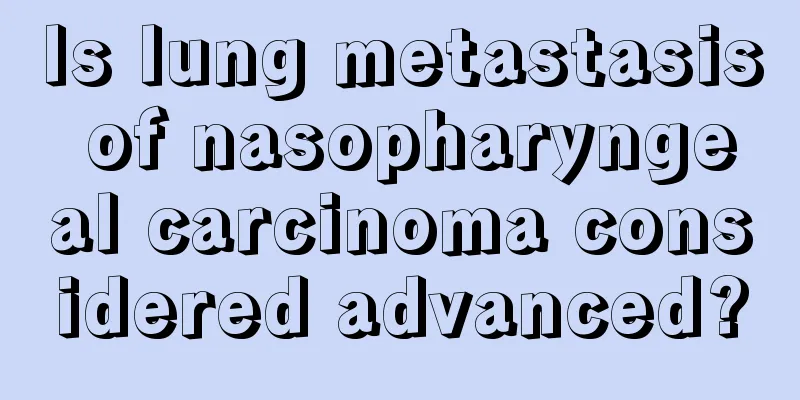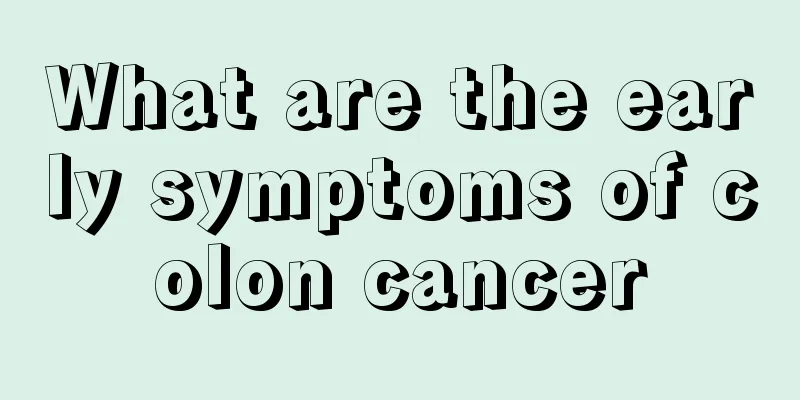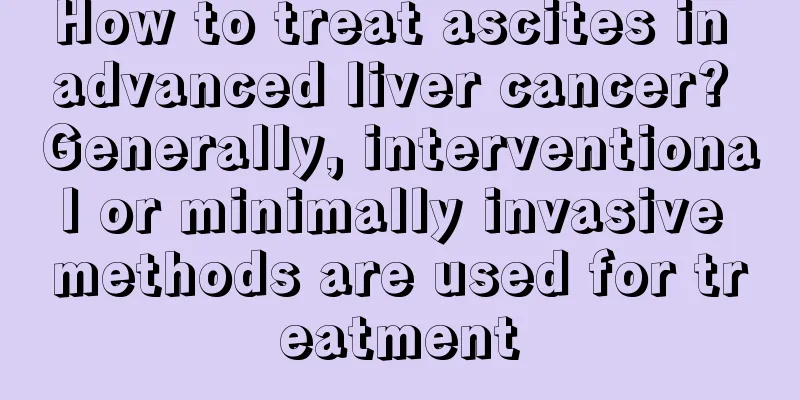How to treat severe rectal polyps?

|
Polyps are a benign tissue proliferation phenomenon. Compared with malignant hyperplasia, they are a more fortunate symptom because polyps can be treated. But this does not mean that people can sit back and relax when dealing with polyp hyperplasia. If the polyp problem is not handled properly, it will also cause great pain to the patient, and this pain is likely to accompany him for life. For example, rectal polyps are a common symptom. Rectal polyps can cause abdominal pain, constipation and other symptoms in patients, and are not easy to detect, so the timing of treatment is difficult to grasp. Let’s take a look at how to treat severe rectal polyps. People who have these problems can learn about it. Intestinal polyps refer to abnormal growths of tissue protruding from the surface of the intestinal mucosa, and are collectively referred to as polyps before their pathological nature is determined. Its incidence increases with age and is more common in men. Colon and rectal polyps are the most common, while small intestinal polyps are less common. There are two main types of polyps: inflammatory and adenomatous. Continuous blood in the stool or blood on the surface of the stool, mostly bright red; secondary inflammatory infection may be accompanied by large amounts of mucus or mucus and blood in the stool; there may be tenesmus; constipation or increased frequency of bowel movements. When the long-pedunculated polyps are large, they may cause intussusception; when the polyps are huge or multiple, intestinal obstruction may occur; when the polyps have a long peduncles and are located close to the anus, the polyps may prolapse out of the anus. 1. Use minimally invasive treatment (endoscopy): Polyps that meet the indications for endoscopic treatment can be removed endoscopically, and the resected specimens can be sent for pathological examination. 2. Use surgical treatment: The polyp has a tendency to become malignant or does not meet the indications for endoscopic treatment; or pathological findings after endoscopic resection show residual lesions or cancer. 3. Use medication: (1) Symptomatic treatment: If bleeding occurs, stop the bleeding and take appropriate measures according to the amount of bleeding. (2) Etiological treatment For inflammatory polyps caused by ulcerative colitis, see Treatment of ulcerative colitis. (3) Prevention and treatment of familial adenomatous polyposis (FAP) patients can take celecoxib to reduce the number of adenomatous colorectal polyps, twice a day, with food. |
<<: What should I do if pleurisy is serious?
>>: Why does stinging and redness occur when using skin care products?
Recommend
Methods for treating pancreatic cancer
Treatment of pancreatic cancer: Although many pan...
What is the normal range of human heart rate
If the heart rate is abnormal, it may be caused b...
10 health tips for traveling
1. Civility and courtesy are indispensable The tr...
Suddenly I have stomachache and diarrhea
A healthy diet is very important in our lives, be...
The best diet for breast cancer patients
Breast cancer is a disease that female friends ar...
How to treat black spots on chicken comb
Chicken is a kind of poultry and also a common ed...
Commonly used drugs for immunotherapy of renal cancer
What are the commonly used drugs for immunotherap...
What are the symptoms of bacterial enteritis?
There are other types of enteritis. Bacterial ent...
Why do I have a fever after getting the pentavalent vaccine?
Many parents are worried about fever after receiv...
What useful substances can the prostate secrete
Some substances are necessary for our body, but s...
Main types of human genetic diseases
Human beings are very special beings in this univ...
The difference between yuba and bean curd skin
Yuba and bean curd skin are both common soy produ...
What to do if there is bone hyperplasia in the foot joints
As the saying goes, never get sick, because peopl...
What causes peeling of fingers?
In life, some friends may find that their fingers...
Can edible alkali be used to wash fruits?
Because all fruits and vegetables are sprayed wit...









